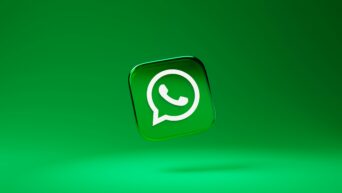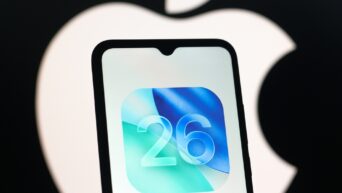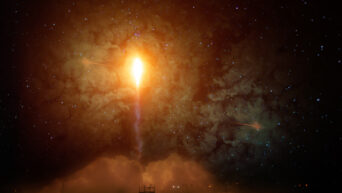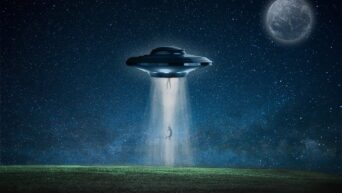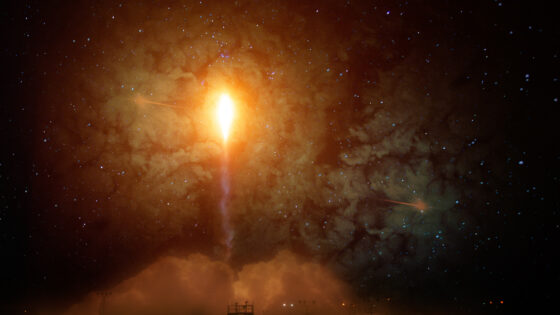There’s something kind of meta about seeing space-faring objects on Earth Day.
Interested in meteor showers? The annual Lyrid meteor shower, which usually arrives anytime from April 16 to April 25, may come bursting on April 23 this year, just in time for Earth Day.
Unfortunately, the meteor shower will also arrive in time for the waning gibbous moon, which is the next brightest phase of the moon, second only to the full moon. This could lessen the brightness of the meteors by quite a bit, since the moon will be lighting up the dark skies more than the usual.
If you’re still interested in catching this wonderful sight, though, here are a few tips as mentioned by EarthSky.org.
- Start watching while the night is still young, which means sometime before or around midnight.
- Try to get yourself in the countryside if possible, as the cities have too much light pollution.
- Wait in a dark place to let your eyes adjust to the dark. This will allow you to see the meteors better.
- Watch the meteors come in bursts! At the shower’s peak, you should be able to see around 10 to 20 Lyrid meteors per hour. That is, if you’re lucky enough.
And to get you more excited, here’s a fun fact, courtesy of EarthSky. Lyrid meteors are known to have outbursts, which means that instead of the usual 10-20, roughly 100 Lyrid meteors may be seen in an hour. The last three years that had recorded outbursts were 1922 in Greek, 1945 in Japan, and 1982 in America. Who knows, this year may see an outburst too! Happy meteor-watching!




